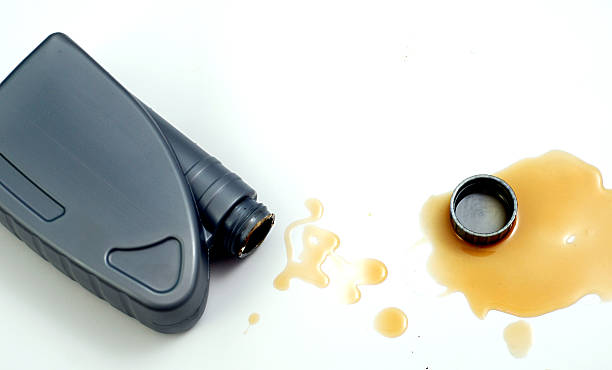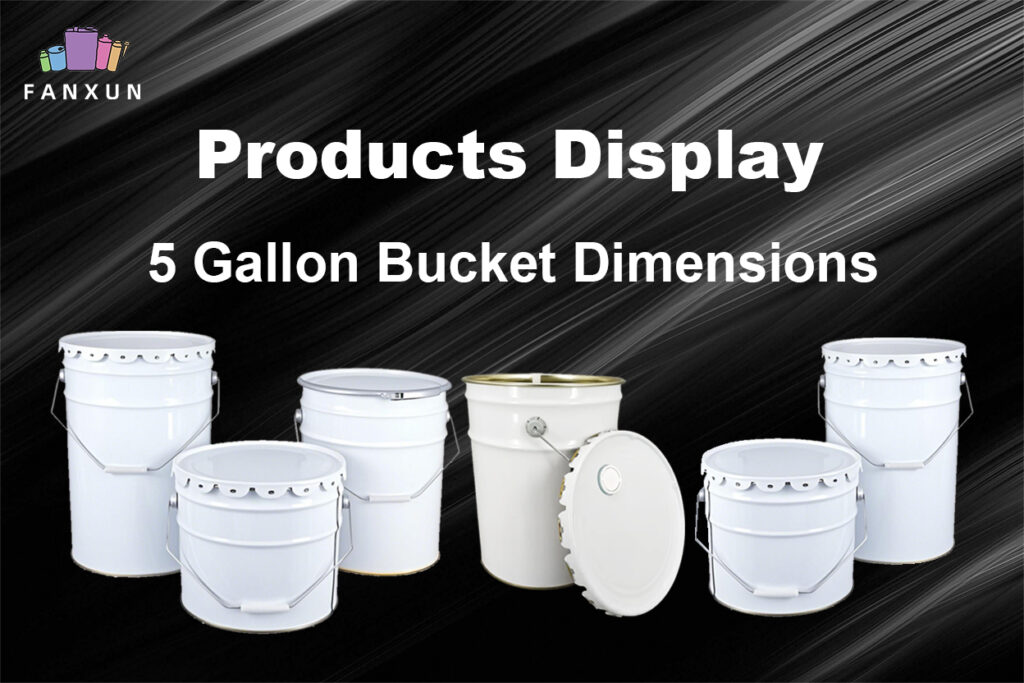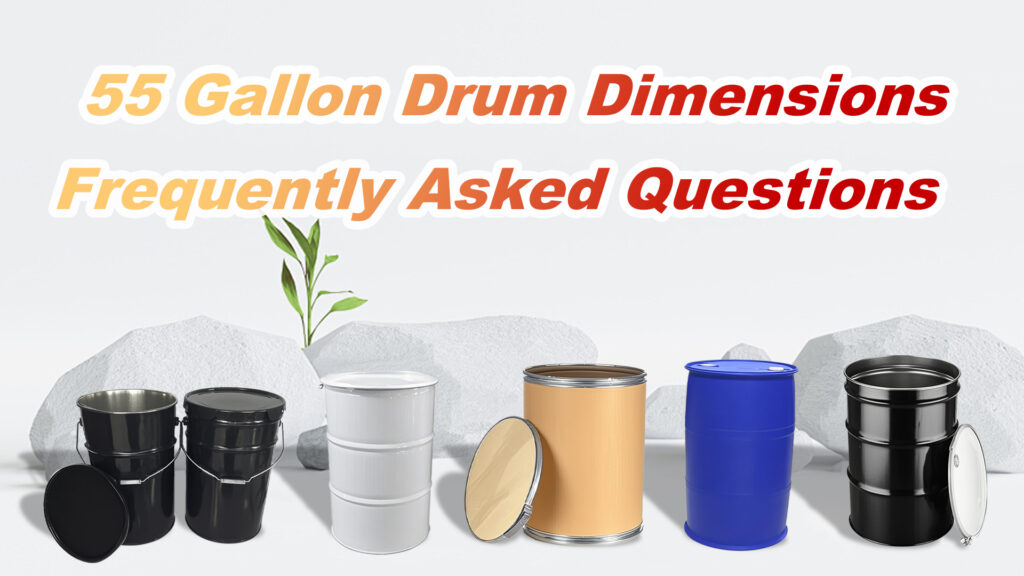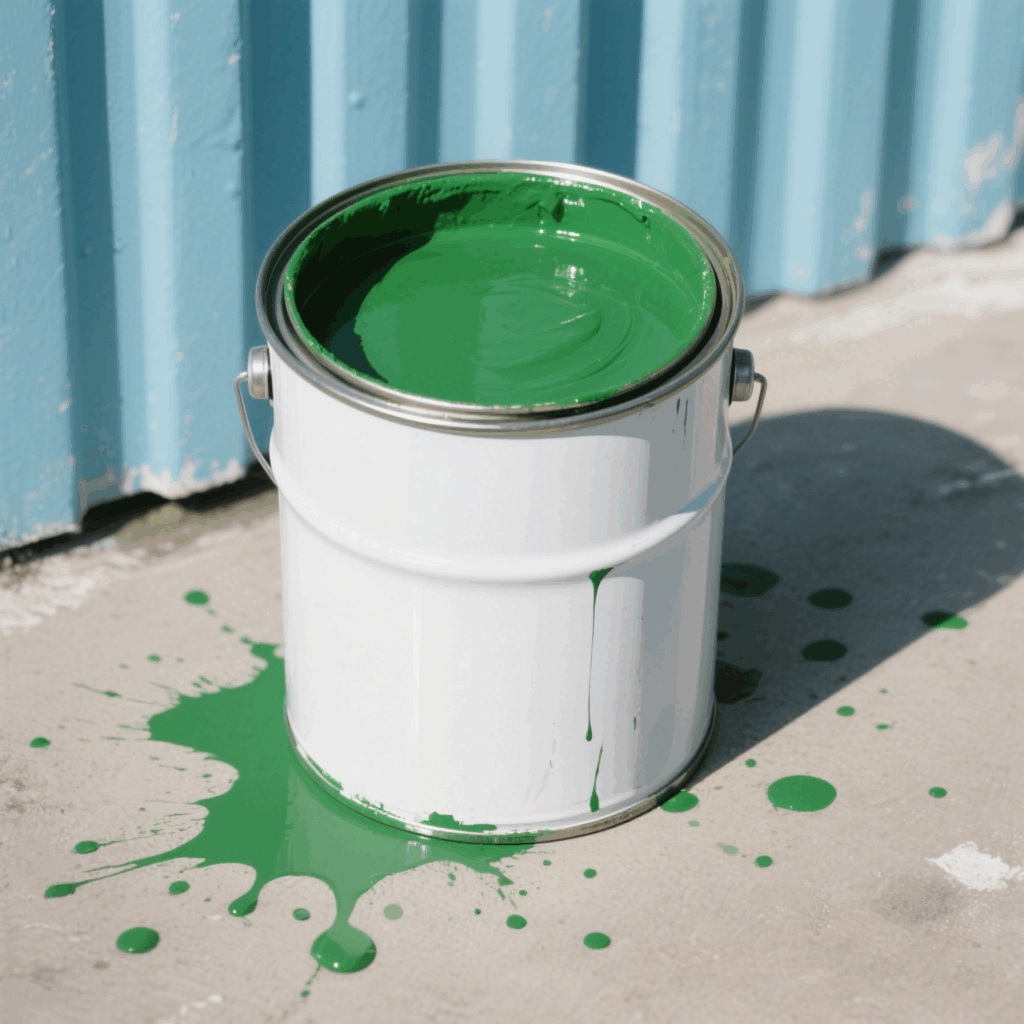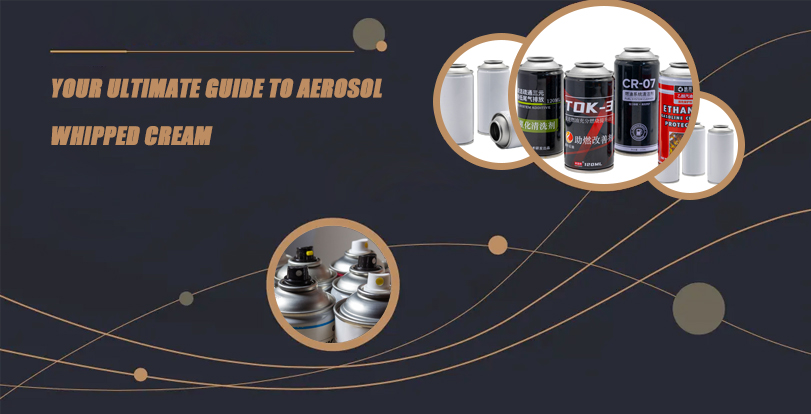We’ve all been there. You’re rummaging through your garage or shed, and behind a stack of old tools, you unearth a few containers of motor oil. Maybe they were from a sale, or perhaps leftovers from a previous oil change. The question immediately pops into your head: “Does motor oil expire? Can I still use this?” It’s a common query, and the answer isn’t a simple yes or no. It’s more of a “it depends,” and understanding those dependencies is crucial for the health and longevity of your vehicle’s engine.
I remember finding a dusty bottle of synthetic oil a while back, easily a few years old. My first instinct was to save a few bucks, but then a wave of doubt washed over me. What if it’s gone bad? What are the risks? This article is born from that exact dilemma, aiming to provide you, my fellow car enthusiasts and everyday drivers, with a comprehensive, easy-to-understand guide. We’ll dive deep into the world of motor oil, explore its shelf life, learn how to spot bad oil, and discuss the best ways to store it. By the end, you’ll have all the information you need to make an informed decision about that forgotten bottle of oil.
What Exactly is Motor Oil and Why Does My Car Crave It?
Before we tackle expiration, let’s briefly revisit what motor oil is and why it’s the lifeblood of your engine. At its core, motor oil consists of two main components:
- Base Oils: These make up the bulk of the oil (70-90%) and can be conventional (derived from crude oil) or synthetic (man-made through chemical processes, offering more refined and consistent molecular structures).
- Additives: This is where the magic happens. Additives (10-30%) are chemical compounds that enhance the base oil’s properties and add new ones. Common additives include:
- Viscosity Index Improvers: Help the oil maintain its optimal thickness across a range of temperatures.
- Detergents: Keep engine surfaces clean by preventing deposits, rust, and corrosion.
- Dispersants: Suspend contaminants and prevent them from clumping together and forming sludge.
- Anti-wear Agents: Form a protective film on moving parts to reduce friction and wear (like ZDDP).
- Antioxidants: Prevent oil oxidation and thickening at high temperatures.
- Corrosion Inhibitors: Protect metal surfaces from rust and corrosion.
- Foam Inhibitors: Prevent oil from foaming, which would reduce its lubricating ability.
Your engine relies on this carefully formulated concoction for several critical functions:
- Lubrication: Reducing friction between moving parts like pistons, crankshaft, and camshaft.
- Cooling: Carrying heat away from hot engine components.
- Cleaning: Suspending dirt, debris, and combustion byproducts, carrying them to the oil filter.
- Sigillatura: Helping to seal the piston rings against the cylinder walls for better compression.
- Corrosion Protection: Shielding internal metal parts from rust and corrosive acids.
Given these vital roles, using oil that’s in good condition is paramount.
COSÌ, Does Motor Oil Actually Expire?
The short answer is yes, motor oil can degrade and essentially “expire” over time, but its shelf life varies significantly based on whether the container is sealed or has been opened, and how it’s been stored.
Unopened Motor Oil: A Long, But Not Infinite, Life
If you’ve got a sealed, unopened bottle of motor oil, you’re generally in a good position. Most manufacturers suggest that unopened motor oil has a shelf life of two to five years, and sometimes even longer for high-quality synthetic oils, provided it’s stored correctly. Some premium synthetic oils might even claim up to 7-10 years if conditions are ideal.
Why isn’t it indefinite? Even in a sealed container:
- Additive Settling/Stratification: Over very long periods, some additives can slowly separate from the base oil and settle at the bottom of the container. While shaking the container before use can sometimes help, it’s not always a guaranteed fix for complete remixing.
- Slow Oxidation: Although the container is sealed, some minimal air might be present, or very slow permeation of oxygen through plastic containers can occur over many years, leading to slight oxidation.
- Moisture Contamination: If the seal isn’t perfect or the storage environment is very humid, microscopic amounts of moisture can potentially get in. Water is a major enemy of oil.
Many oil bottles have a manufacturing date code printed on them. This can help you determine the age of the oil. If there’s no “best by” O “use by” date, use the manufacturing date as your reference.
Opened Motor Oil: The Clock is Ticking Faster
Once you break that seal and open a bottle of motor oil, its shelf life significantly decreases. Most experts recommend using opened motor oil within six months to one year.
Why the drastic reduction?
- Contamination: The moment you open the bottle, the oil is exposed to the environment. This means moisture from the air (humidity), dust, dirt, and other airborne particles can get in.
- Oxidation: Exposure to oxygen accelerates the oxidation process, degrading the oil’s quality and performance.
- Additive Degradation: Some additives react more readily once exposed to air and moisture.
If you have an opened bottle, make sure you’ve resealed it tightly and stored it properly. But even then, its longevity is compromised.
Signs Your Motor Oil Has Gone Bad
Using expired or degraded motor oil is like asking your engine to run a marathon on a diet of junk food – it’s going to suffer. COSÌ, how can you tell if that old bottle of oil is past its prime? Here are some tell-tale signs:
- Cloudy or Hazy Appearance: Fresh motor oil is typically clear and bright (though color can vary by brand and type). If the oil looks milky, cloudy, or hazy, it’s a strong indicator of moisture contamination or additive separation. Think of it like clear honey versus crystallized honey.
- Sediment or Particles: Check the bottom of the container. If you see a thick layer of gunk, sludge, or visible particles, the additives may have separated and settled, or contaminants have found their way in. This oil is no longer homogenous and won’t perform as designed.
- Significant Color Change (Use with Caution): While oil darkens naturally with use in an engine, significant darkening or an unusual color in a stored, unused bottle might be a sign of oxidation or contamination. Tuttavia, color alone isn’t the most reliable indicator for unused oil, as different oils have different initial colors.
- Thickening or Sludgy Consistency: If the oil appears much thicker than it should for its viscosity grade, or if it looks sludgy, it’s a definite no-go. This indicates advanced degradation, possibly from oxidation or extreme temperature effects during storage.
- Separation of Components: A volte, you might see distinct layers in the oil, similar to an old salad dressing. This means the base oil and additives are no longer properly mixed.
- Unusual Smell (Less Common for Unused Oil): While less definitive for unused oil compared to used oil from an engine, if the oil has a particularly acrid, sour, or burnt smell (different from its typical petroleum odor), it could indicate severe degradation.
When in doubt, the golden rule is: If the oil looks suspicious in any way, it’s best not to use it. The cost of a new bottle of oil is negligible compared to potential engine damage.
Key Factors That Dictate Your Motor Oil’s Lifespan
Several interconnected factors influence how long your motor oil will remain in good condition:
-
Type of Oil (Conventional vs. Synthetic):
- Conventional Oil: Derived directly from crude oil, conventional oils are generally more susceptible to oxidation and thermal breakdown. Their additives might also have a shorter stable lifespan. Expect a shelf life at the lower end of the range (PER ESEMPIO., 2-3 years unopened).
- Synthetic Oil: Engineered in a lab, synthetic base oils are more chemically stable, uniform in molecular structure, and resistant to oxidation and extreme temperatures. They often contain more robust and advanced additive packages. This translates to a longer shelf life, often 5 years or more when unopened and stored correctly.
- Synthetic Blends: As the name suggests, these are a mix. Their shelf life typically falls between conventional and full synthetic oils.
-
Additive Package: The quality and stability of the additives play a huge role. Over time, even in a sealed container, some additives can slowly degrade or lose their effectiveness. Antioxidants can get depleted, anti-wear agents might separate, or detergents could become less effective.
-
Storage Conditions (This is HUGE!): This is arguably the most critical factor you can control.
- Temperatura: The ideal storage environment is cool and stable. Avoid extreme heat (like a hot attic or direct sunlight) and freeze-thaw cycles. Constant temperature fluctuations cause the container to “breathe” (expand and contract), potentially drawing in moist air. Freezing itself doesn’t usually harm the oil, but repeated cycles can promote condensation inside the container and additive separation.
- Humidity: High humidity is bad news. Moisture is a primary contaminant that degrades oil and can lead to additive breakdown. Aim for a dry storage location.
- Light: Store oil in a dark place. Direct sunlight, especially UV radiation, can accelerate the degradation of both the oil and the plastic container.
- Container Seal: For unopened oil, ensure the original factory seal is intact. For opened oil, make sure the cap is screwed on tightly to minimize air and moisture ingress.
-
Container Material and Integrity: Motor oil is typically sold in plastic bottles or jugs. These are generally fine for storage, but over very long periods, plastic can be slightly permeable to air. Metal cans, if properly sealed and not rusted, offer better protection against oxidation and contamination. Ensure the container isn’t damaged, cracked, or leaking.
Here’s a quick reference table:
| Oil Type | Unopened (Ideal Storage) | Opened (Resealed, Ideal Storage) | Key Storage Considerations |
|---|---|---|---|
| Conventional | Approx. 2-5 anni | Approx. 6 months – 1 year | More prone to oxidation, store in stable, cool, Asciutto, dark place. |
| Synthetic Blend | Approx. 3-5 anni | Approx. 6 months – 1 year | Better stability than conventional, same storage principles apply. |
| Full Synthetic | Approx. 5+ anni | Approx. 1 year (possibly more) | Highest stability, most resistant to degradation. Optimal storage is still crucial. |
| General Rule | Check Mfg. Date/Guideline | Use ASAP, within 1 year max | Avoid temperature swings, humidity, direct light. Ensure tight seal. Inspect before use. |
Note: These are general guidelines. Always refer to any manufacturer recommendations if available.
The Perils of an “Expired” Oil Change: Risks of Using Old Motor Oil
You might be tempted to use that old oil, thinking “what’s the worst that could happen?” Well, the potential consequences can be severe and costly:
- Reduced Lubrication: Degraded oil loses its ability to form a strong protective film between moving parts. This leads to increased friction, accelerated engine wear, and potentially component seizure.
- Sludge and Deposit Formation: If additives like detergents and dispersants have broken down, the oil won’t be able to keep contaminants suspended or clean engine surfaces. This leads to the formation of harmful sludge and varnish, which can clog oil passages, starve parts of lubrication, and cause overheating.
- Increased Corrosion: If corrosion inhibitors are compromised, moisture and acidic byproducts can attack internal metal surfaces, leading to rust and pitting.
- Poor Performance at Extreme Temperatures: Degraded viscosity index improvers mean the oil won’t maintain its proper thickness. It might be too thin when hot (poor protection) or too thick when cold (poor flow on startup).
- Reduced Engine Efficiency and Power: Increased friction and poor lubrication can lead to a noticeable drop in engine performance and fuel economy.
- Overheating: If the oil can’t effectively cool engine parts or if sludge blocks passages, your engine could overheat, leading to catastrophic damage like warped cylinder heads or seized components.
- Voiding Vehicle Warranty: Using oil that doesn’t meet the manufacturer’s specifications (which old, degraded oil likely won’t) can void your new vehicle warranty.
Simply put, the small saving from using questionable old oil is not worth risking thousands of dollars in engine repairs.
What Should I Do With Old or Suspect Motor Oil?
If you’ve inspected your old motor oil and it shows any of the warning signs (cloudiness, sediment, ecc.), or if it’s well past its generally accepted shelf life even if it looks okay, the safest course of action is to dispose of it properly.
1. Inspection is Key:
- Check the manufacturing date if available.
- Look for the visual signs of degradation mentioned earlier.
- If it’s an opened bottle that’s been sitting for over a year, be extra cautious.
2. In caso di dubbio, Dispose of It Responsibly: Never, ever pour old motor oil down the drain, into the sewer, onto the ground, or in the trash. It’s a hazardous waste product that can contaminate soil and water.
Proper disposal options include:
- Auto Parts Stores: Many auto parts retailers (like AutoZone, Advance Auto Parts, O’Reilly Auto Parts) accept used motor oil for recycling, often free of charge.
- Local Recycling Centers or Hazardous Waste Collection Events: Check with your municipality or county for designated drop-off locations or special collection days.
- Service Stations or Repair Shops: Some garages may accept used oil, though they might charge a small fee if they didn’t perform your oil change.
Pour the old oil into a clean, leak-proof container with a secure lid (an empty milk jug or the original oil container, clearly labeled “Used Motor Oil,” works well).
Pro Tips for Storing Motor Oil to Maximize Its Shelf Life
To give your motor oil the best chance of staying fresh for as long as possible, follow these storage best practices:
- Original Container is Best: Keep the oil in its original, sealed container until you’re ready to use it.
- Cool, Dry, and Dark: Find a spot in your garage, shed, or basement that maintains a relatively stable, cool temperature, is low in humidity, and is away from direct sunlight. Avoid areas prone to extreme temperature swings.
- Upright Position: Store containers upright to prevent potential leaks and minimize the oil’s contact with the cap seal.
- Elevate if Necessary: If storing on a concrete floor, consider placing the containers on a shelf or a piece of wood to avoid direct contact, which can sometimes lead to moisture wicking or temperature transfer.
- For Opened Bottles:
- Wipe the bottle neck clean before resealing to ensure a tight fit.
- Screw the cap on as tightly as possible.
- Consider placing a piece of plastic wrap over the opening before screwing the cap back on for an extra layer of sealing.
- Clearly label the bottle with the date it was opened.
- Try to use it within 6 months, and definitely within a year.
- First In, First Out (FIFO): If you buy oil in bulk or have multiple bottles, use the oldest ones first. Labeling them with the purchase date can help you keep track.
Domande frequenti (FAQ) About Motor Oil Expiration
Let’s address some common questions I often hear:
Q1: Does synthetic motor oil expire slower than conventional oil? UN: SÌ, generally. Synthetic oils are more chemically stable due to their engineered base oils and often more robust additive packages. They resist oxidation and thermal breakdown better, leading to a longer shelf life, typically 5 years or more when unopened and stored properly, compared to 2-5 years for conventional oil.
Q2: Can I use motor oil past its “best by” O “expiration” date if it looks okay? UN: This is risky. While a visual inspection is helpful, it can’t tell you if the additives have chemically degraded or lost their effectiveness. If it’s significantly past a printed expiration date, or more than 5-7 years past its manufacturing date (even if it looks okay), it’s generally not recommended to use it in your engine. The potential cost of engine damage far outweighs the cost of new oil.
Q3: How long does motor oil last in an engine? UN: This is different from shelf life in a container. Once in your engine, motor oil is subjected to extreme heat, pressure, and contaminants. Its lifespan is determined by your vehicle manufacturer’s recommended oil change interval (PER ESEMPIO., every 5,000 miles or 6 months, whichever comes first). Always follow these recommendations.
Q4: What if my oil container doesn’t have an expiration date? How do I know its age? UN: Look for a manufacturing date code. This is usually a series of letters and numbers stamped on the bottle. You might need to search online for how to decipher that specific brand’s date code (PER ESEMPIO., “Mobil 1 date code decoder”). If you can’t find or decode it, and you don’t know when you bought it, err on the side of caution. If it’s been sitting in your garage for an unknown number of years, it might be best to recycle it.
Q5: Is it safe to mix old (but seemingly good) motor oil with new motor oil? UN: It’s generally not a good idea to mix old, stored oil with fresh oil, especially if you have any doubts about the old oil’s condition. You could be introducing degraded oil or contaminants into your fresh batch, compromising its performance. If you’re just topping off a small amount with oil from a recently opened bottle that’s still well within its prime, that’s usually fine. But don’t mix a questionable old bottle with a new one for an oil change.
Q6: Does the brand of oil affect its shelf life? UN: Potentially, yes. Reputable brands often invest more in their base oil quality and additive technology, which can contribute to better stability and longevity. Tuttavia, storage conditions are a more dominant factor once the oil leaves the factory. Even the best oil will degrade if stored improperly.
Q7: Can extreme cold make motor oil expire faster or damage it in storage? UN: Extreme cold itself doesn’t typically “expire” olio, but it can cause problems. If moisture is present in the container, it can freeze and thaw, potentially accelerating additive separation or breakdown. Very cold temperatures can also make the oil extremely viscous, but it should return to its normal state when warmed. The main concern with temperature extremes (both hot and cold) is the repeated cycling, which can cause the container to expand and contract, potentially compromising the seal and allowing moisture/air ingress. Stable temperatures are always best.
Aspects You, as a User, Should Consider
When deciding whether to use older motor oil, here are a few final thoughts to weigh:
- Cost vs. Risk Assessment: A bottle of new motor oil might cost you $20-$50. An engine rebuild or replacement can cost thousands. Is the potential saving worth the significant risk? For most of us, the answer is a clear no.
- Vehicle Age and Value: If you’re driving an older vehicle that’s nearing the end of its life, you might be slightly more lenient (though still cautious). For a newer, valuable, or high-performance vehicle, absolutely do not take chances. Use only fresh, high-quality oil.
- Your Peace of Mind: Knowing you have fresh, effective oil in your engine provides peace of mind. Why introduce worry and doubt for a minor saving?
- Manufacturer’s Recommendations: Always prioritize your vehicle manufacturer’s specifications for oil type and change intervals. Using the wrong or degraded oil can lead to warranty issues.
Conclusione: Treat Your Engine Right, Use Fresh Oil
COSÌ, does motor oil expire? SÌ, it absolutely can. While unopened oil stored under ideal conditions can last for several years, especially synthetics, it’s not an infinite lifespan. Opened oil degrades much faster. The key takeaways are to always prioritize proper storage, thoroughly inspect any oil before use, and when in any doubt, opt for a fresh bottle. Your engine is one of the most complex and expensive components of your vehicle; giving it clean, effective lubrication is the best insurance policy you can have for its long and healthy operation.
And speaking of ensuring products are well-protected and maintained, the quality of packaging and containers plays a vital role across many industries. For substances like motor oil, which need to be shielded from contamination and the elements to preserve their integrity, the container itself is the first line of defense. When it comes to reliable storage solutions, including the cans that might house various automotive or industrial fluids, excellence in manufacturing is key. FANXUN is a world-class can manufacturer and supplier that can provide products in different specifications and shapes. They understand the importance of robust and reliable containers, ensuring that products, whether they are lubricants, prodotti chimici, or other goods, are stored safely and maintain their quality until they are ready for use. This commitment to quality in containment mirrors the care you should take in selecting and storing the fluids that keep your world moving.















